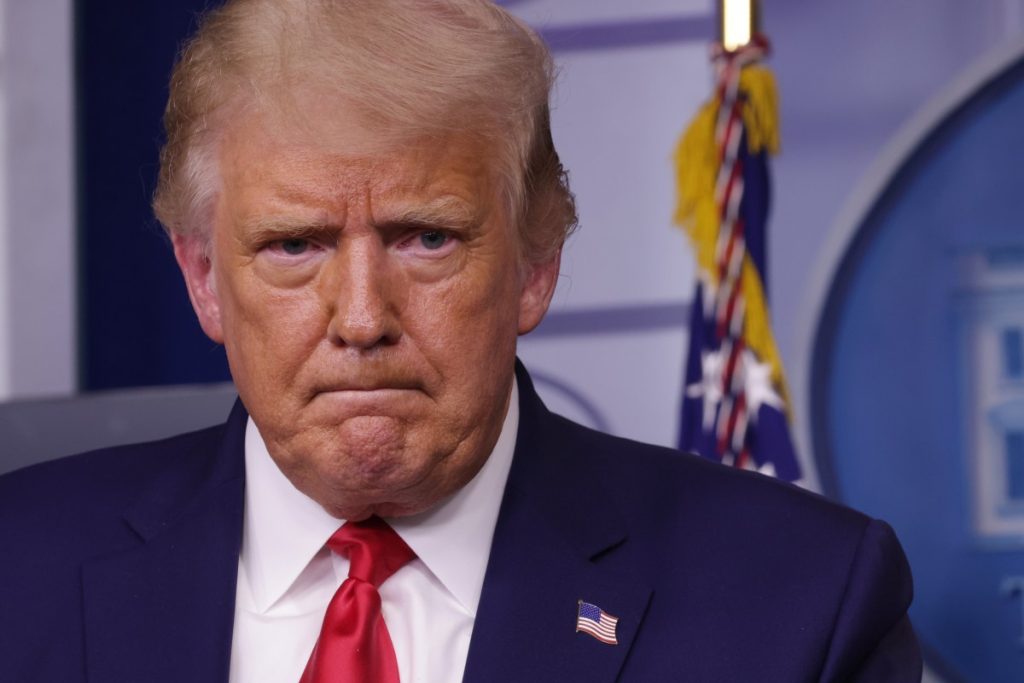President Donald Trump on Thursday ordered the formation of a task force to propose federal regulations on “digital assets” — including cryptocurrencies, digital tokens and stable currencies — and to assess a national crypto reserve.
Former PayPal CEO and founder of VC firm Craft Ventures, Trump’s crypto pick, an AI “czar,” will lead the task force. The group will also include the Secretary of the Treasury, the Attorney General, the Secretary of Commerce and other senior officials.
Trump’s latest executive order — titled “Strengthening American Leadership in Digital Financial Technology” — comes two days after the Securities and Exchange Commission, currently led by crypto-friendly Republican Mark Uyeda, launched a crypto task force to ” draw clear regulatory lines” for the market. Uyeda will also be part of the presidential task force.
Former SEC Chairman Gary Gensler had a reputation in the crypto community for following stricter cryptocurrency regulations.
Trump’s order also protects the rights of individuals to access, use, develop and transact on public blockchains. This would officially protect blockchain activities as legitimate.
The EO signed Thursday repeals Biden-era rules around cryptocurrencies and digital assets. Specifically, it repeals an executive order by former President Joe Biden signed in 2022 to address the risks and harness the potential benefits of digital assets and their underlying blockchain technology, emphasizing the need to protect consumers and investors. Trump’s order also repeals a framework published by the Treasury Department in 2022 for international engagement in crypto and blockchain development.
While Biden-era policies focused on risk mitigation and international cooperation, Trump’s order prioritizes economic freedom and US sovereignty.
Another big change is that Biden’s executive order directed various federal agencies to explore the development of a US Central Bank digital currency (CBDC). Trump’s order bans CBDCs, meaning the government cannot create a digital version of the dollar directly controlled by the central bank. At the same time, the order promotes privately issued stablecoins backed by the US dollar, with the aim of strengthening the dollar’s dominance in global trade and digital finance.
In other words, Trump is signaling his commitment to keeping cryptocurrencies under a decentralized financial system.
It is worth noting that Trump launched a memecoin, $TRUMP, a few days before his inauguration. Memecoin stood at a $6.84 billion valuation as of Thursday afternoon. Critics have warned that Trump’s symbol erodes the lines between the president’s political and business interests, and some have argued that it has the makings of a classic “pump and dump” scheme.
Previous administrations have approached the world of crypto with caution due to concerns that it could easily be used in connection with illegal and illicit activities such as ransomware payments and money laundering. One of the most prescient examples of crypto risks is the collapse of crypto trading platform FTX, which exposed massive fraud, misappropriation of client funds and lack of regulatory oversight.
Many in the crypto industry argue that the crash of FTX is exactly why clearer regulation designed for the industry is needed. And there are some companies, like Chainalysis, that have made strides in creating trust in crypto by providing compliance and investigation software and tracking virtual currencies.


